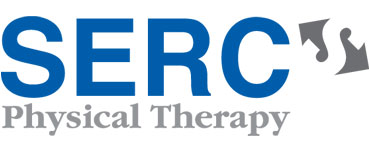Posterior Tibialis Tendinitis
What is Posterior Tibialis Tendinitis?
Like most forms of tendinitis, posterior tibialis tendinitis is swelling or irritation of the tendon. This tendon helps support the arch of the foot and is more prevalent in people with flat feet. This injury results from overuse, high impact, trauma or mechanical dysfunction. Healing can sometimes be problematic due to the lack of blood supply to the tendon and additional risk factors including diabetes, obesity and high blood pressure.
Common Symptoms of Posterior Tibialis Tendinitis
- Pain around the instep of the foot
- Possible swelling along the area of the tendon
- In some cases, the tendon will rupture which will cause difficulty when raising up on to your toes
- Worsening pain with activity; such as running or walking for a long time
How We Treat Posterior Tibialis Tendinitis
In order to treat posterior tibialis tendinitis effectively, it is important to complete a thorough examination of the entire lower extremity. Once the true cause is identified, a comprehensive treatment program can be initiated to reduce inflammation and improve any faulty lower extremity biomechanics.
Treatment options may include:
- Modalities for pain and inflammation (i.e. ultrasound, iontophoresis, electrical stimulation, ice)
- Taping or orthotics to aid faulty mechanics
- Joint mobilization/manual therapy
- Proprioceptive/gait training
- Strengthening/flexibility exercises
- Home exercise program
- Education about lifestyle changes (i.e. proper shoes, weight management program)
*Services are not available at all locations. Call or click the location page near you for that center’s services.
What to Expect
Every patient has a unique health history, diagnosis and personal goals. When you come for your first appointment, we will create a personalized treatment plan for you.
We work with most major insurance providers and do our best to help keep the paperwork pain-free. If you’d like to confirm your insurance coverage, please let us know and we can verify when you schedule. If your insurance provider requires a co-pay, we will ask for this payment at each visit. We accept payments by cash, check or credit card.
When to Arrive
On average, a patient’s first visit lasts about an hour. We typically ask patients to arrive 15 minutes early to sign-in, complete paperwork and/or change clothes.
What to Bring
On your first visit, you’ll need to bring your physician referral or prescription (if needed), your insurance card, your primary registration forms, your ID or driver’s license and your co-payment (as applicable). If desired, you may bring a change of clothing.
How it Works
During your first visit, your physical therapist will do an initial evaluation and discuss your plan of care. The therapist uses this information to set goals for your continued treatment. Physical therapy goals may include improved movement, strength, endurance and flexibility, as well as decreased pain. Your subsequent visits will focus on treatment that is based on your diagnosis and individualized goals.
